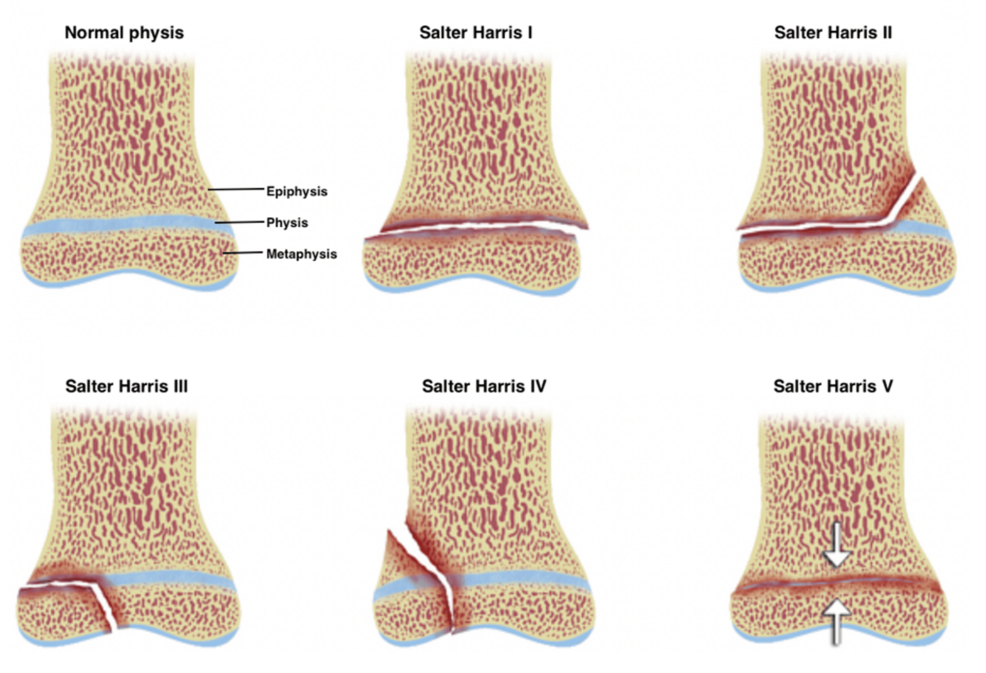Findings from the CAPItello-281 trial (NCT04493853) presented at the 2025 European Society for Medical Oncology (ESMO) Congress showed that the combination of the oral AKT inhibitor capivasertib (Truqap) plus abiraterone acetate, prednisone, and androgen deprivation therapy (ADT) extended radiographic progression-free survival (rPFS) by 7.5 months compared with abiraterone acetate, prednisone, ADT, and placebo in patients with PTEN-deficient de novo metastatic hormone-sensitive prostate cancer (HSPC).1
After a median follow-up of 18.4 months, the median rPFS with the addition of capivasertib was 33.2 months (95% CI, 25.9–44.2) compared with 25.7 months (95% CI, 22.0–29.9) for placebo (HR, 0.81; 95% CI, 0.66–0.98; P = .034). Median overall survival (OS) was not yet reached at the time of the analysis for either arm. There had been 267 events at the time of the assessment, with 129 in the capivasertib arm and 138 in the placebo group (HR, 0.90; 95% CI, 0.71–1.15; P = .401).
“The primary end point was met, showing a statistically significant rPFS benefit with the combination of capivasertib and abiraterone, with consistent benefits observed across clinical end points,” lead investigator Karim Fizazi, MD, PhD, a medical oncologist at Institut Gustave Roussy and Centre Oscar Lambret, said during a presentation of the results. “The rPFS in the control arm was only 25.7 months, highlighting the poor prognosis of a PTEN population.”
In the CAPItello-281 trial, 1012 patients were treated with abiraterone acetate at 1000 mg with prednisone at 5 mg daily plus ADT. Patients were randomly selected to receive capivasertib at 400 mg twice daily for 4 days on and 3 days off (n = 507) or a matched placebo (n = 505). PTEN deficiency was defined as more than 90% of malignant cells with no specific cytoplasmic staining by IHC. Of those screened, approximately 25% matched these requirements.
The primary end point of the study was investigator-assessed rPFS. Secondary end points included overall survival (OS). The analysis presented at ESMO was the final analysis for rPFS. A final OS analysis is still planned.
The baseline characteristics were similar between groups. In the capivasertib and placebo arms, respectively, the median ages were 67 and 68 years. The total Gleason score was 8 or more for 78.5% and 79% of patients and the disease risk was high for 61.3% and 65.9% of those in the capivasertib and placebo groups, respectively. The primary location of disease metastases was the bone for 91.1% and 92.5% in the investigational and control arms, respectively. Nearly two-thirds of patients had an ECOG performance score of 0 with the remainder having a score of 1. Nearly three-fourths of patients had high volume disease.
“Consistent with the poor prognosis of this PTEN-deficient prostate cancer population, most patients had high-risk, high-volume, high Gleason score disease,” said Fizazi.
In prespecified subgroup analyses, similar improvements in rPFS were seen with the addition of capivasertib, although none passed the bar for statistical significance. In those with high-volume disease with visceral metastases, the hazard ratio was 0.77 favoring the capivasertib arm (95% CI, 0.52–1.14) and in those with a Gleason score of 8 or more the hazard ratio was 0.82 (95% CI, 0.65–1.02). In those with a score lower than 8, the hazard ratio was 1.06 (95% CI, 0.66–1.69).
The time to next treatment was 37.0 months with capivasertib compared with 28.5 months with placebo (95% CI, 0.75–1.11). The median symptomatic skeletal event-free survival was 42.5 months with capivasertib compared with 37.3 months for placebo. Events for this end point included pathological fracture, spinal cord compression, use of radiation, surgical intervention, and death. There were 150 of these events in the capivasertib group and 176 in the placebo group (HR, 0.82; 95% CI, 0.66–1.02; P = .079).
“Roughly half of patients are still on drug and another analysis of overall survival is planned at another time cutoff,” Fizazi said. “There was a numerical improvement of 5.2 months prolongation in event-free survival in the capivasertib arm.”
The time to castration resistance was 29.5 months in the capivasertib group and 22.0 months for placebo (HR, 0.77; 95% CI, 0.63–0.94). For this study, Fizazi noted, castration resistance was defined as radiographic disease progression, PSA progression, and development of a skeletal event. The median time to PSA progression was not calculable at the time of the analysis, with 60 events recorded in the capivasertib arm compared with 82 in the placebo group (HR, 0.73; 95% CI, 0.52-1.01). Pain progression was still too early to measure, as too few events had occurred.
“Interestingly, the Kaplan-Meier curves for time to PSA progression defined by PCWG3 are much higher than those for time to castration resistance, indicating that many patients with PTEN loss tend to first experience a detrimental clinical event, such as an imaging-based progression or bone mobility, prior to a PSA rise of greater than 25%,” said Fizazi.
Additional analyses were completed looking at different PTEN expression levels, following the suggestion of an impact from other studies looking at AKT inhibitors. Of those with PTEN loss on 95% of cells or more, the median rPFS was 33.2 months with capivasertib and 22.7 months with placebo (HR, 0.75; 95% CI, 0.60-0.94). When PTEN loss was 99% or more, the median rPFS was 34.1 months with capivasertib vs 22.4 months for placebo (HR, 0.71; 95% CI, 0.52-0.97). When there was 100% PTEN loss, the median rPFS was 34.1 months compared with 22.1 months for capivasertib and placebo, respectively (HR, 0.68; 95% CI, 0.48–0.96).
“In the capivasertib arm, we see strongly consistent rPFS irrespective of the degree of PTEN deficiency; however, with increasing PTEN deficiency there is worsening prognosis in the control arm,” said Fizazi. “The same phenomenon of increasing treatment effect was also seen for overall survival.” For those with 100% PTEN loss, the early hazard ratio for OS was 0.77 (95% CI, 0.51–1.14).
The increase in treatment benefit was also seen across all secondary end points, when assessing higher levels of PTEN loss. At 100% PTEN loss, the hazard ratio for symptomatic skeletal event-free survival was 0.70 favoring capivasertib (95% CI, 0.48–1.01). For time to castration resistance the hazard ratio was 0.63 (95% CI, 0.45–0.89) and for time to PSA progression it was 0.55 (95% CI, 0.29–1.01). “It was exactly the same trend,” Fizazi said.
A grade 3 or higher adverse event (AE) was experienced by 67% of patients treated with capivasertib compared with for 40.4% of those in the placebo arm. A serious AE was experienced by 42.5% of those in the capivasertib group compared with for 26% of patients in the placebo arm. There was 36 AEs leading to death in the investigational arm compared with 26 in the placebo group.
Adverse events led to discontinuation of capivasertib or placebo for 18.3% and 4.8% of patients, respectively. For capivasertib and placebo, respectively, dose interruptions were required for 62.8% and 26.8% of patients and dose reductions were needed for 29% and 3.6% of patients. An AE led to discontinuation of abiraterone acetate for 9.5% and 5.4% of patients in the investigational and control arms, respectively.
The most common AEs in the capivasertib arm and placebo group, respectively, were diarrhea (51.9% vs 8.0%), hyperglycemia (38% vs 12.9%), rash (35.4% vs 7%), anemia (23.9% vs 12.7%), and hypokalemia (22.1% vs 12.7%). “Adverse events typical of abiraterone, such as hypertension, hypokalemia, and transaminase increase, were even between arms,” said Fizazi.
In early 2025,2 another study exploring capivasertib in prostate cancer was halted following an interim analysis that showed a potential lack of efficacy. This study, CAPItello-280 (NCT05348577), was exploring capivasertib in combination with docetaxel and ADT.
Outside of prostate cancer, capivasertib has gained FDA approval in combination with fulvestrant (Faslodex) for the treatment of patients with hormone receptor–positive, HER2-negative, locally advanced or metastatic breast cancer harboring 1 or more PIK3CA, AKT1, or PTEN alterations following progression on at least 1 endocrine-based regimen in the metastatic setting or recurrence on or within 12 months of completing adjuvant therapy.3
REFERENCES:
1. Fizazi K, Clarke NW, De Santis M, et al. A phase III study of capivasertib (capi) + abiraterone (abi) vs placebo (pbo) + abi in patients (pts) with PTEN deficient de novo metastatic hormone-sensitive prostate cancer (mHSPC): CAPItello-281. Presented at: 2025 ESMO Congress; October 17-21, 2025; Berlin, Germany. Abstract 2383O.
2. Update on CAPItello-280 phase III trial of Truqap in metastatic castration-resistant prostate cancer. News release. AstraZeneca. April 29, 2025. Accessed October 19, 2025. https://tinyurl.com/38bmdvp9
3. FDA approves capivasertib with fulvestrant for breast cancer. FDA. November 16, 2023. Accessed May 1, 2025. https://tinyurl.com/mt5h932t






